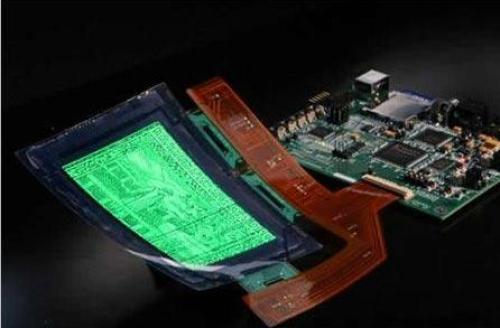
The demand for flexible displays in the next seven years is bound to increase rapidly. Various applications, from smart phones to giant screens installed on buildings, will boost their shipments to nearly 250 times in 2013-2020.
According to the IHS report “Flexible Display Technologies and Market Forecasts,†global shipments of flexible displays are expected to increase to 792 million in 2020, compared with only 3.2 million in 2013. In the same period, the overall operating income will increase dramatically from US$100,000 to US$41.3 billion, as shown in the figure.
Flexible displays have great potential, will create new products, and help achieve exciting applications that were previously impractical or impossible. From smart phones with displays on all sides, smart watches with wraparound displays, to tablet PCs and PCs with display screens that can be curled, and giant video ads on curved surfaces of buildings, potential applications for flexible displays Only limited by the designer's imagination.
Flexible Display Generation IHS Corporation has divided flexible display technology into four generations. The first generation of durable display panels is currently entering the market. These panels use flexible substrates that are extremely thin and not easily damaged. However, these displays are flat and cannot be bent or rolled up.
The second-generation flexible displays can be bent and shaped, and can be molded into curved surfaces, which can maximize the display area of ​​small-sized products such as smartphones.
The third generation is a true rollable flexible display that can be flexed by the end user at will. The use of these displays will create a new generation of space-saving products in the future, and will blur the traditional boundaries between various types of products, compared to smartphones and media tablets. The fourth generation consists of a disposable display, which is extremely low cost and can be used instead of paper.
Starting from a small size Due to its thinner, lighter, and unbreakable characteristics, it is expected that flexible displays will initially be used in smaller products such as smart phones and MP3 players. However, once a large-size display can be made, flexible display technology will be used for larger platforms such as laptops, monitors, and televisions.
In the coming years, the largest application of flexible displays will be personal electronics. These products will be mainly based on smart phones, and shipments will increase to 351 million in 2020, and this year it is expected to reach less than 2 million.
The flexible star on the SID monitor week at the International Information Display Association (SID) Show Week held in Vancouver in May, flexible displays became the main topic.
In a keynote speech at SID, Kinam Kim, president and CEO of Samsung Display, discussed Samsung's flexible OLED display technology. Kim said the technology will be suitable for wearable electronics such as Google Glass.
LG Display at the SID event showed a 5-inch OLED panel made of plastic that can be bent and not easily damaged.
Corning also exhibited its Willow Glass at this SID event, which can be used in conjunction with OLEDs and LCD panels for products such as smartphones, tablets, and laptops. Due to its thinness, strength and ease of bending, Willow Glass allows future displays to be wrapped around products or structures.
IHS believes that OLED will be the leading flexible display technology every year for the foreseeable future and will account for 64% of shipments in 2020.
SMOK Vape pen, SMOK wholesale, SMOK Factory
Shenzhen Xcool Vapor Technology Co.,Ltd , http://www.xcoolvapor.com